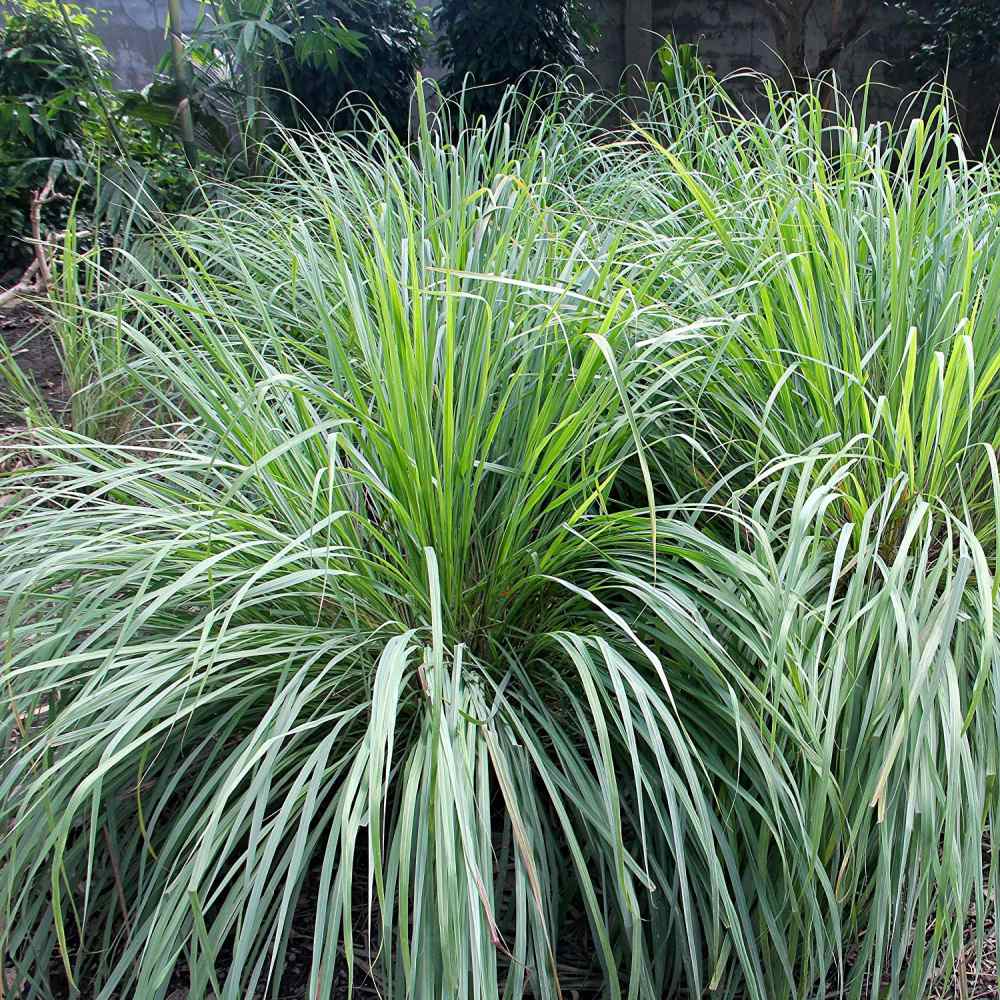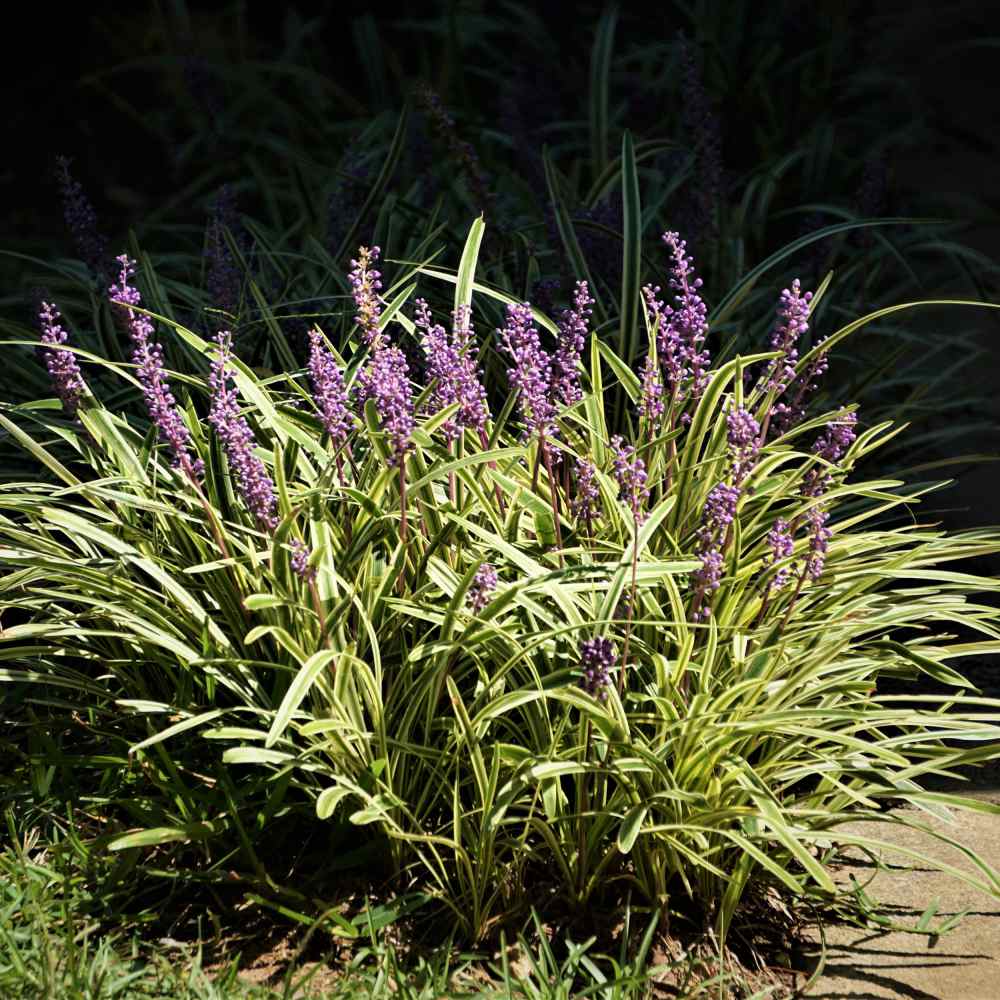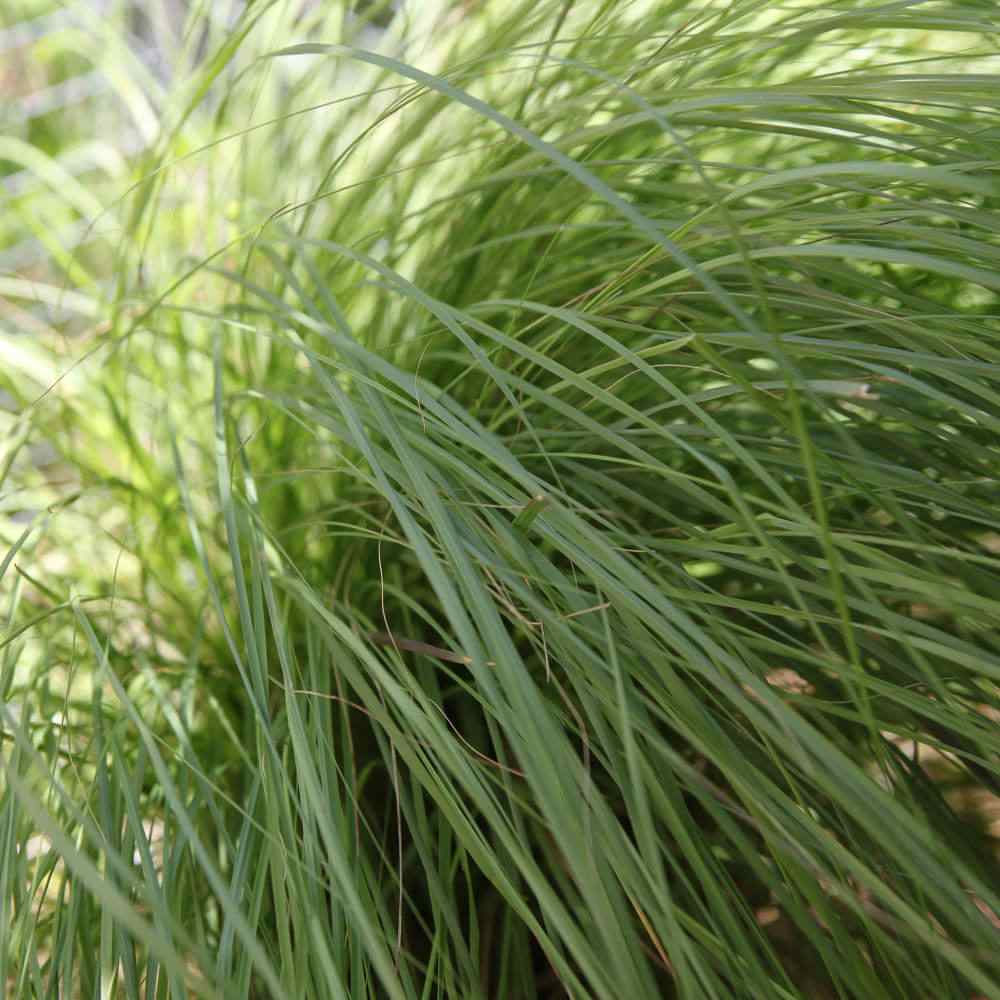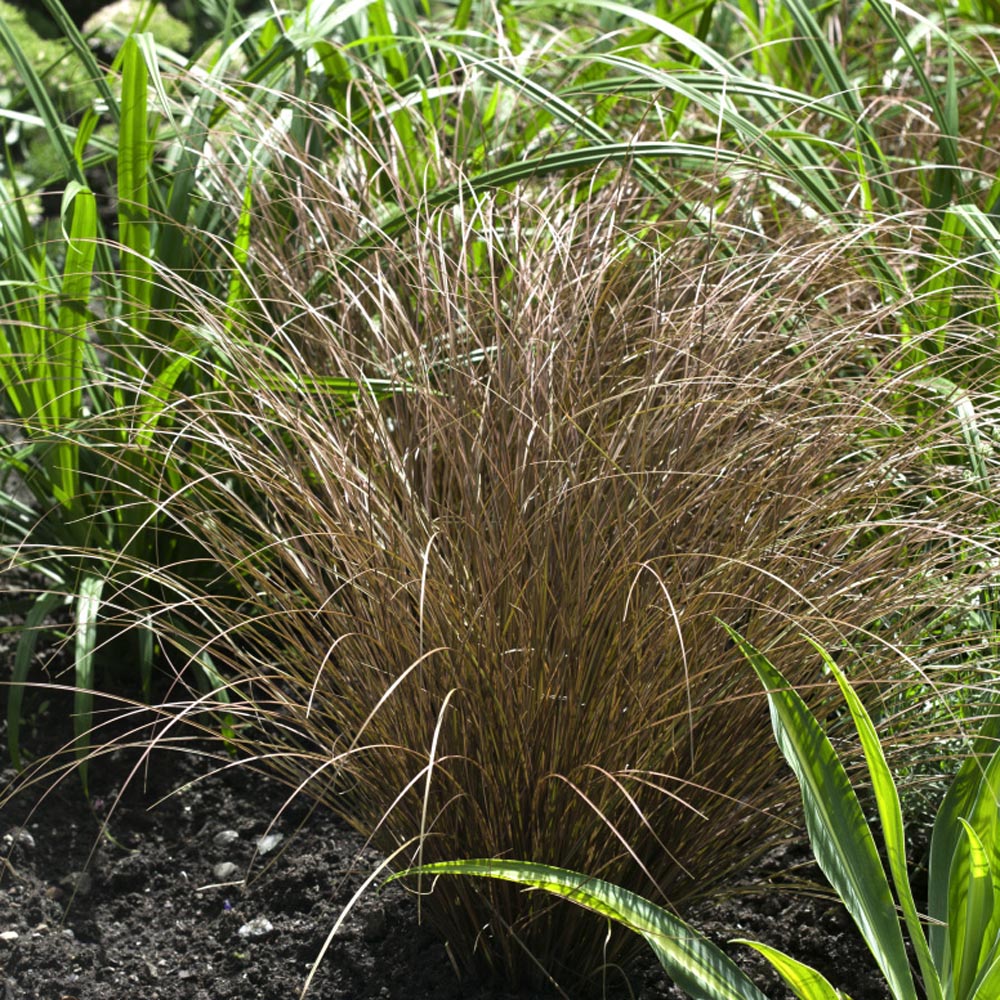
Lemon Grass Planting Guide
Quick Facts About Lemon Grass
Lemon Grass is an essential herb used in Asian cuisine. The stems and leaves can be used fresh or dried, giving a distinct lemon flavor. It's great to add flavor to curries, soup, and sauces, as well as fish and chicken dishes.
Planting Time
Plant indoors 4 - 6 weeks before the last frost. Or, start directly outdoors after danger of frost has passed.

Planting Location
Plant in full sun to partial shade with well-drained soil.
How to Plant Lemon Grass
- You have two options for planting seeds: Sow them directly into the garden, after the risk of frost has passed, by pressing into the surface and covering lightly with peat moss. Alternatively, start seeds indoors four to six weeks before the average last frost date in spring.
- Grow in containers if you'd like the plant to be a perennial. This is so it can be moved indoors during winter. It is a tropical perennial grown as an annual in most parts of the United States. It is not tolerant of frost and any heavy frost will kill it.
- Presoak seeds overnight before planting 2 - 3 seeds per cell or plant.
- Once seedlings sprout, ensure they receive plenty of light by placing them on a sunny windowsill or positioning them 3-4 inches below fluorescent plant lights that are switched on for 16 hours daily and off for 8 hours at night. Adjust the lights as the plants grow taller. Avoid using incandescent bulbs as they generate excessive heat. Remember, most plants need a period of darkness to thrive, so do not keep the lights on for 24 hours.
- Transplant into garden once plant has reached a height of 6 inches, and outside temperatures are consistently warm.
- Before transplanting seedlings into the garden, it's essential to "harden them off". This involves acclimating young plants to outdoor conditions by placing them in a sheltered outdoor area for about a week. Initially, shield them from strong winds and direct sunlight. If there's a risk of frost overnight, either cover the plants or bring them indoors, then return them outside in the morning. This hardening off method helps strengthen the plant's cell structure, minimizing transplant shock and sun damage.
- Space plants 36 - 48 inches apart in garden.

Care And Maintenance
- Keep weeds under control during the growing season. Weeds compete with plants for water, space and nutrients, so control them by either cultivating often or use a mulch to prevent their seeds from germinating.
- Mulches play a vital role in preserving soil moisture and ensuring consistent soil temperatures. When it comes to annuals, using organic mulch made from shredded leaves not only enhances the appearance of the bed but also enriches the soil as it decomposes over time. Remember to keep mulch away from the plant stems to avoid potential rot issues.
- Water once or twice a week, and do not let the soil dry out completely between waterings.
- Using a trowel, remove roots and individual stalks from the clump. Remove any outer leaves that are rough, and chop up the tender white stalks, or freeze them whole to be used later.




































